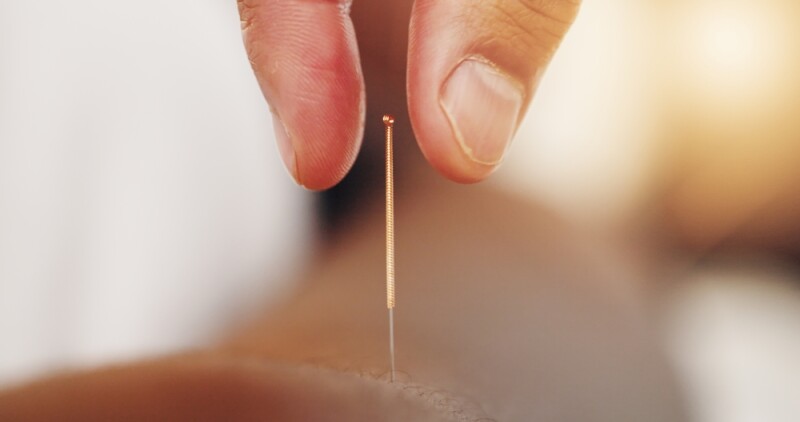Risk of respiratory disease lower in homes with retrofitted insulation, study finds

A recent study found that retrofitting home insulation can reduce the onset of chronic respiratory diseases by up to 10 percent.
The research was published in the journal Indoor Air, and led by Caroline Fyfe, PhD, of the He Kāinga Oranga Housing and Health Research Program at the University of Otago Wellington, in Wellington, New Zealand. For the study, Fyfe and a team of researchers sought to discover whether retrofitted insulation was associated with the onset of chronic respiratory diseases such as asthma.
The study involved residence of more than 200,000 houses that received insulation through the Energy Efficiency and Conservation Authority (EECA) Warm-Up New Zealand: Heat Smart program between the years of 2009 and 2014. Researchers analyzed the prescription dispensed to each residence to identify chronic respiratory diseases. For the control group, researchers analyzed the prescriptions of residence who did not have retrofitted insulation.
The study showed that compared to those whose homes were not insulated, people living in houses with retrofitted insulation between 2009 and 2011 were 10 percent less likely to develop chronic respiratory diseases. In addition, researchers found children under 15 years old were 15 percent less likely to develop chronic respiratory diseases. After receiving retrofitted insulation, the study showed that there was a four percent reduction in medication for respiratory disease symptoms in the intervention group.
According to researchers, these results suggest that the onset of respiratory diseases, as well as the exacerbation of pre-existing respiratory diseases, can be partially reduced by preventing cold and damp conditions in one’s house.
“The longer people are exposed to cold and damp housing the more likely they are to develop chronic respiratory disease, so it is particularly important that children have a healthy home environment,” Fyfe said. “Retrofitting insulation is a relatively inexpensive way of not only making houses warmer and more affordable to heat but also healthier to live in.”




















SHARE